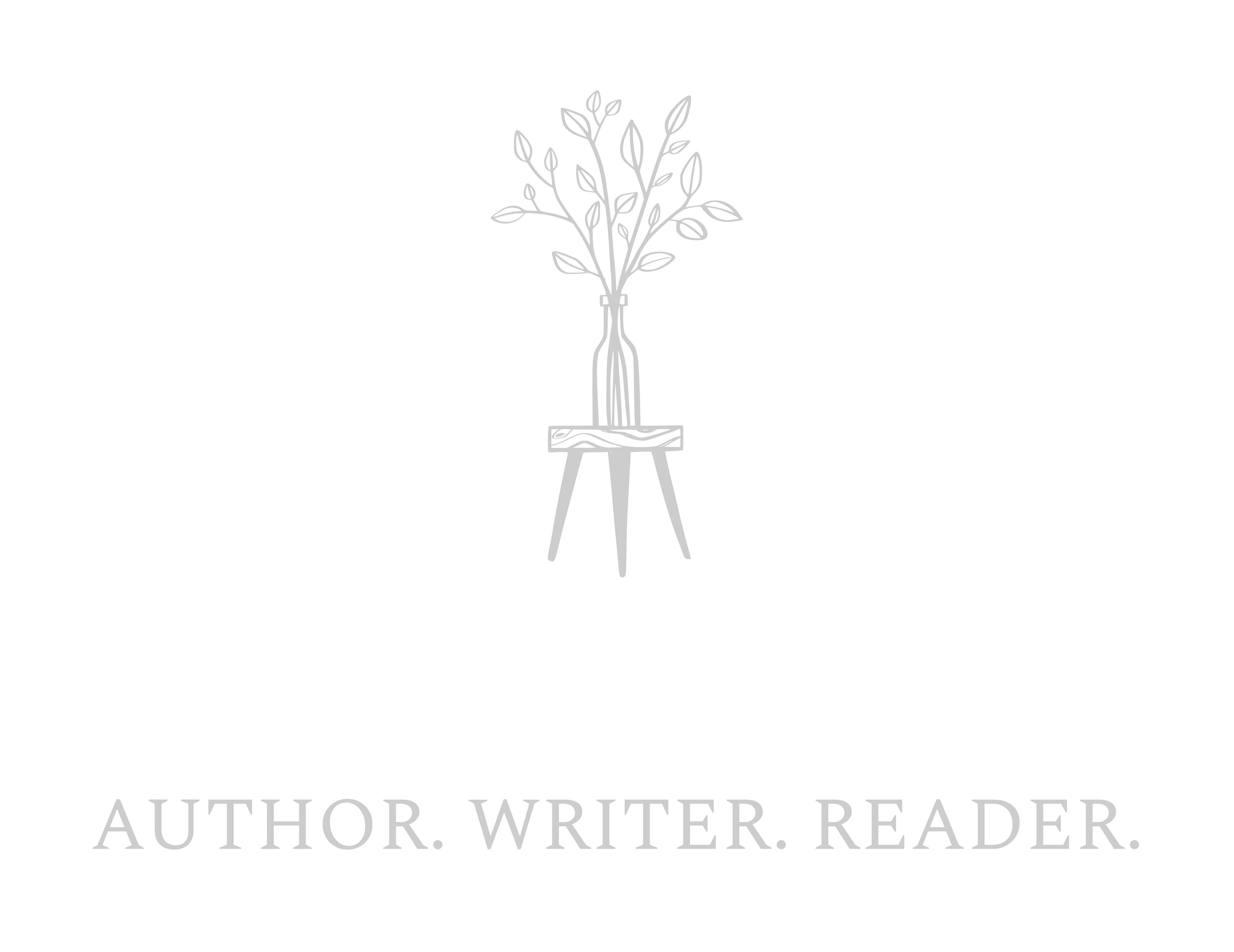Little Free Library? What is this? I asked myself the same question as I passed a few in my own neighborhood and wondered what their purpose was. Per littlefreelibrary.org, they are the world’s largest book sharing society that not only inspires readers but also expands book access to all communities. Their mission is “To be a catalyst for building community, inspiring readers, and expanding book access for all through a global network of volunteer-led Little Free Libraries.”
According to literacytexas.org there are more than forty-three million adults in the US alone that cannot read, write, or do basic math above the third-grade level. A rise of just 1% in literacy scores leads to a 2.5% rise in labor productivity. I have outlined a few more facts so that we can all appreciate the importance of reading and book sharing across our neighborhoods.
- If all adults could reach the equivalent of a six-grade reading level, up to $2.2 trillion additional income could be generated annually for the United States.
- An estimated $106 – $238 billion in health care costs every year are linked to low adult literacy skills.
- Around 75% of people currently in prison have low literacy skills.
- When people who are in prison participate in education programs, they are 43% less likely to re-offend, compared to people who do not participate.
- The reading skill of a child’s main caregiver – usually their mother – is the greatest determinant of that child’s future academic success, more significant than other factors like neighborhood or family income.
So, what does Little Free Library offer to the community and why are they integral in supporting literacy? This organization offers free book-sharing 24/7 and is accessible to everyone. Yes, I said FREE! The best part is that a membership is not required. Simply leave a book at one of their locations and if you’re inspired to read then pick one up as well. Millions of books are exchanged each year, thus increasing book access to readers of all ages and backgrounds.
Now for the fun part, how can Little Free Library assist self-published or indie authors? Well, I’m glad you asked. A few thoughts come to mind when I see one of these libraries – Marketability and Publicity! Think of it as a free marketing tool without barriers. Any reader at any given time can walk up to a Little Free Library and skim the spines to determine which book pique’s their interest. If your published book happens to be in said library, then chances are that it will land into the hands of an avid reader that otherwise you would not have been able to reach. Not everyone has time to go to the public library or the resources to obtain a membership/library card. And not every published book is available in the public libraries. Little Free Library eliminates the hassle of getting your book into the right hands.
How do I find one of these libraries? First download the app and find a local Little Free Library in your neighborhood. Next, drive to said location (this can be a public place or home) and leave your book in their library which should be visible to everyone (usually in their yard near the sidewalk). After I downloaded the app and registered as a user, I located at least five Little Free Libraries in my neighborhood. I drove over and dropped off my book at each location. It was easy and hassle free!
Reasons to market your book with Little Free Library:
- Available in almost all neighborhood and communities (both rural and suburban).
- They collaborate with school, public libraries, local businesses, and organizations to foster reading and influence literacy while removing barriers to access more books.
- Currently there are 25K Little Free Libraries in 100K countries with 42 million books shared annually.
- One book is shared daily in Little Free Library (which can include your book).
- Increase visibility (free publicity).
- Promote literacy in your own neighborhood.
Want to start your own Little Free Library while also marketing your book? No problem! I have outlined the steps required in order to get started and begin managing your very own library.
- First go to www.littlefreelibrary.org
- Next, click on the “Get Started” icon to the right.
- Watch the 30 second video to learn more about how the program works and what it has to offer.
- Sign up with the “Free Insider’s Guide” that will provide tips and benefits.
- Download the app and locate a library close to your home so that you can schedule a visit with one of the volunteer stewards and have them share their experience while providing some valuable advice.
Additional Resources/References:
www.littlefreelibrary.org
www.literacytexas.org
Leave a Comment





